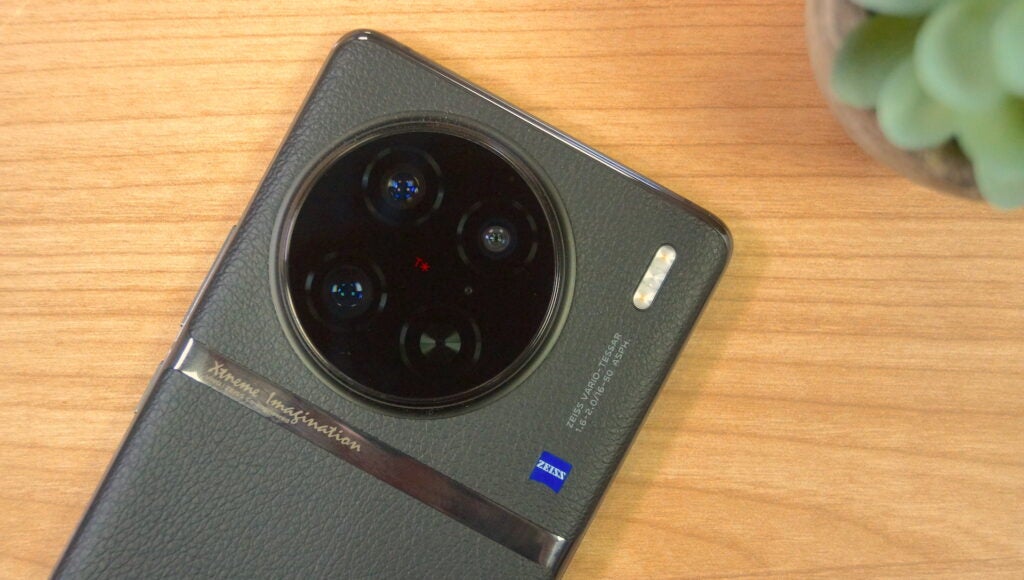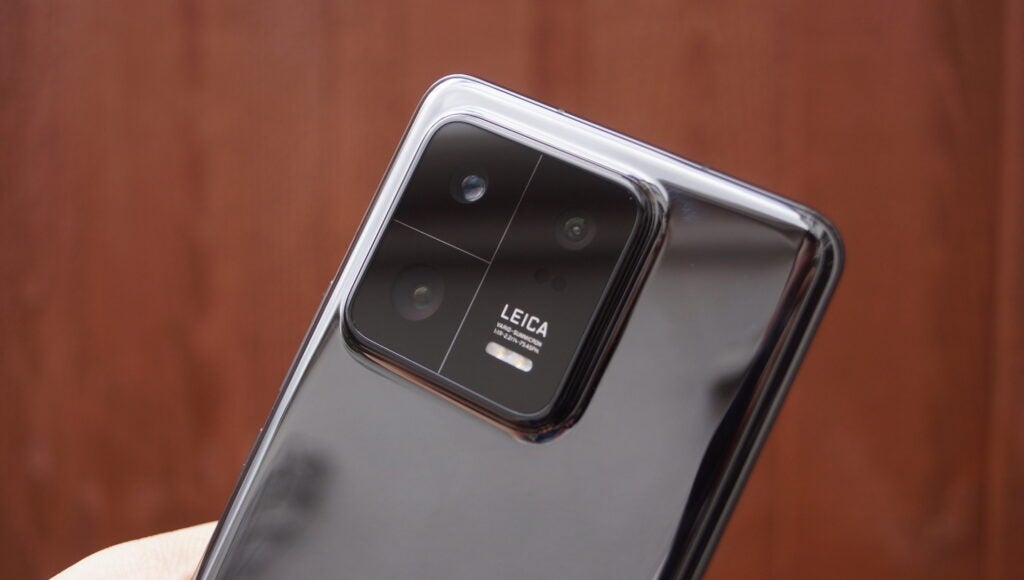Smartphone camera tech has come a long way in the past few years. Where once we saw blurry, pixelated messes, we now see pixel-perfect snaps, just as clear in low light as on a bright sunny day.
At the forefront of camera tech is the famed 1-inch sensor, now starting to make an appearance on high-end smartphones in 2023. The question is, what exactly is a 1-inch sensor, and is it worth the money? You might be surprised to find out that the term isn’t as straightforward as you might’ve imagined.
Fear not; we at Trusted Reviews are camera and smartphone experts, and here, we explain everything you need to know about 1-inch camera sensors in smartphones and why not all is as it seems.
What is a 1-inch camera sensor in a phone?
You’d assume that the term “1-inch sensor” is based on the size of the camera sensor and that it has a diameter of 1 inch. Logically, that’d make sense; however, it isn’t quite the case.
In fact, a “1-inch sensor” measures in at 13.2mm x 8.8mm with a 15.86mm diagonal – far from the 1-inch (25.4mm) diagonal we’d expect. So, where does the term come from if not the actual size?
It’s actually a reference to very early camera technology. In the 1930s, video cameras used glass vacuum tubes that transmitted electrons down the length of the tube to the photosensitive sensor.
The outer diameter of these tubes grew in sizer from ½ inch to ⅔ inch and finally 1 inch, but the actual photosensitive sensor was always much smaller – usually around two-thirds of the diameter of the tube. However, since the tubes were technically part of the image-sensing technology, manufacturers could market them as 1-inch sensors.
So why are phone camera sensors being referred to as 1-inch sensors? It essentially comes down to the size of the sensor, which is the same size as the sensor that would’ve connected to a 1-inch vacuum tube (a minimum of 9 x 12mm) in an early video camera.
That’s how brands can technically get away with the marketing term, even if it’s a little misleading.

How to calculate the actual size of the phone’s camera sensor
While you can’t calculate the exact dimensions, there is a good rule of thumb to get an idea of the sensor size within a phone – as long as it’s expressed in inches, that is.
If you take the claimed size of the sensor and multiply that by two-thirds, you’ll get close to the diagonal dimensions of the sensor.
Take the 1-inch sensor of the Xiaomi 13 Pro, for example; two-thirds of 25mm (1-inch) is around 16mm – very close to the actual 15.86mm diagonal dimensions of the 1-inch sensor.
Meanwhile, the Samsung Galaxy S23 Ultra’s primary 200MP camera uses a 1/1.3in sensor. Two-thirds of 19.53mm (1/1.3in) is 13.02mm, showing that the Xiaomi 13 Pro’s primary 1-inch sensor is around 2.84mm wider on the diagonal.
It’s a handy little hack to help you compare the size of smartphone camera sensors.

Is a phone with a 1-inch camera sensor worth the money?
Despite the misleading marketing terms surrounding the camera tech, there is a boost in overall camera performance because the sensor is still physically larger than the vast majority of smartphone camera sensors currently in use.
Whether this results in improved quality, better low-light performance or colour accuracy depends on the manufacturer, with each taking a slightly different approach to the tech. Regardless, the results are usually impressive – there’s a reason why the likes of the Xiaomi 13 Pro and Vivo X90 Pro are featured prominently in our roundup of the best camera phones.
However, that’s not to say you need a 1-inch sensor to take great photos. The likes of the Google Pixel 7 Pro and Samsung Galaxy S23 Ultra lead the pack in image quality without using a 1-inch sensor, as does the iPhone 14 Pro, so there’s still plenty of fun to be had without it.




